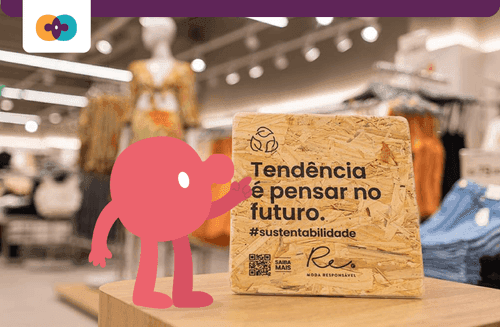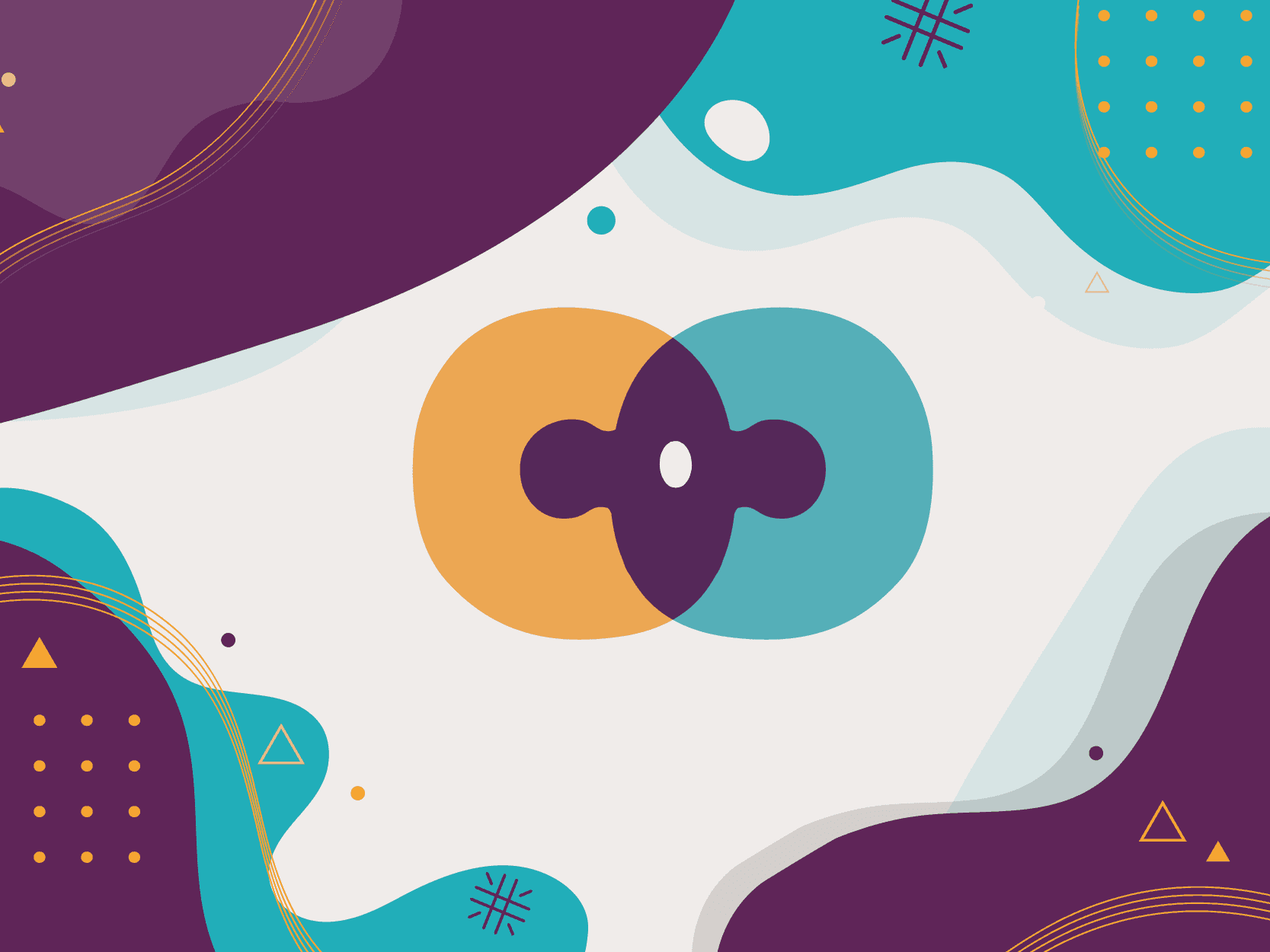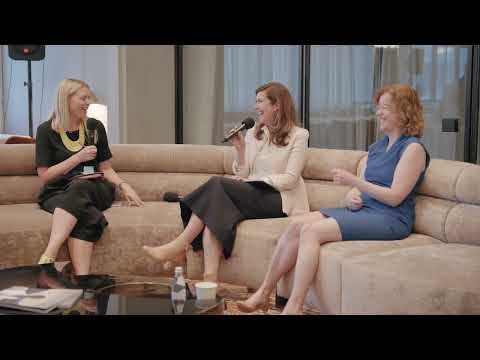
14/04/2022
Discover the first circular stores in Brazil
Did you know that Brazil has two circular retail stores? They are subsidiaries of Renner Department stores, located in Rio de Janeiro. The first unit opened in October 2021, at Shopping Rio Sul, and the second opened in March, at Shopping Park Jacarepaguá. We invited Prof. Dr. Edson Grandisoli, Pedagogical Coordinator of the Circular Movement, to talk a little about this subject. Come on?
Circular Economy precepts in constructions
The stores were designed from the beginning to be more circular and minimize environmental impact. For example: they saved the use of 8.5 tons in structural steel. The goal was to reuse 75% of the waste generated in the reconstruction work, but the challenge was overcome and 97% of this waste did not end up in landfills.
"Construction has prioritized more durable and renewable inputs, which can have materials reused. These choices of operating considering, from conception to operation, the premises of circularity, shows the importance of all the links in the production chain for the construction of the circular economy", the professor highlights. "A large part of the waste was recycled and served as input for another productive chain. Recycling, in this context, plays a fundamental role, which starts with the choice of products in the first place", he comments.
Energy use and water footprint
The stores are also supplied by renewable energy. Furthermore, according to the company's calculations, the emission of equivalent CO2 avoided in the construction and operation of the first store, in a scenario of 20 years, corresponds to the restoration of an area of 1.5 hectares of Atlantic Rain Forest. With this, space should reach a 24% reduction in its global warming potential. "The store is supplied with renewable energy. Changing the energy matrix is fundamental", Edson Grandisoli points out.
The country's first circular store has reduced water footprint. The estimate is that the consumption of water is 56% lower in comparison to traditional ventures. This is going to generate savings of over 420,000 liters a year.
Sustainable Fashion and Circular Economy
LED screens and explanatory boards were also installed on site, which guide consumers on sustainable fashion. The unit also has a selection of garments with the Re Seal, which generate less environmental impact in its production. In addition, there is an Ecostyle collector, post-consumer reverse logistics service, which offers correct destination to packaging and bottles of fragrances and beauty items and garments in disuse. "The good example here was also the creation of reverse logistics mechanisms directly with the consumer", Grandisoli points out.
The project presents a new architectural concept, following the precepts of LEED and BREEAM international certifications. A major change is the façade, which is more permeable and transparent, allowing greater visualization between the exterior and interior. The shop windows follow the same concept, open and integrated. "This generates less energy use and less carbon footprint", the professor explains.
WHAT IS CIRCULAR ECONOMY?
The Circular Economy proposes a new look at our way of producing, consuming, and disposing, in order to optimize the planet's resources and generate less and less waste. In other words, an alternative model to the Linear Economy - to extract, produce, use and discard - which has proved to be increasingly unsustainable throughout history. In the Circular Economy, the goal is to keep materials in circulation longer by reusing them until nothing becomes waste! For this model to become a reality, we all have a role to play. It is a true collaborative circle, which feeds itself, and helps to regenerate the planet and our relations.

